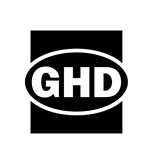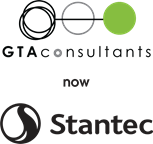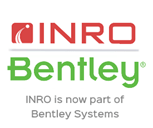Understanding public transport patronage risks in recovery from COVID
Daniel Veryard & Ross Savedge
Veitch Lister Consulting, New South Wales & Victoria
This presentation was delivered at the 2021 Online Conference Series and until October 2022 is only available to registered delegates and Content Access Pass holders via Interchange. For information on accessing this and other presentations please review the Content Access Pass options.
ABSTRACT
In mid-2020, the pace and degree of the post-COVID recovery in public transport demand was highly uncertain (and still is, to an extent). At this point, WA's Public Transport Authority asked VLC to advise on possible time-paths for patronage recovery on their urban network, in the capital city of Perth.
Our approach to the advice was to consider case studies where urban public transport systems were disrupted by previous major crises, such as New York City (9/11, Global Financial Crisis, and Superstorm Sandy) and Christchurch (2011 earthquake).
The basic modelling to quantify COVID recovery scenarios for Perth's public transport patronage focused on building up current and future demand by market segments. In each scenario, demand in each segment was cut relative to the baseline for a specified time and duration by differing degrees depending on the segment's assumed behavioural shift or policy treatment. Key lessons from the case studies were combined with local data to determine how much and for how long segment-level demand should be cut.
For example, white-collar commuters are most able to work from home so their segment's demand was cut more than average in the scenarios. And workers with longer commutes tend to be more incentivised to work from home (larger houses and longer commutes), so an even larger cut was applied to this segment.
The scenario model allows decision-makers to control assumptions in meaningful terms (such as duration of border restrictions, or the extent to which pro-car preferences persist) to estimate the longevity and extent of patronage reductions and to develop appropriate supporting strategies. The approach is transferable to any city. Though greater segmentation is achievable in cities where multi-modal models are available to provide spatial and demographic profiles of public transport users.
Author(s)
Daniel Veryard | VLC
Daniel Veryard is VLC’s State Director for NSW and WA, where he leads travel demand forecasting, data analytics, economic appraisal and model development projects. He is a multi-disciplinary transport professional with more than 15 years’ experience in economics, policy and planning in Australia and internationally.
Prior to joining VLC, Daniel was a project manager and economist at the International Transport Forum at the OECD in Paris, where he led projects on economic appraisal techniques, public transport market structures and driverless technologies.
He has also worked as an economist for PwC, GHD, Mouchel (now WSP) and the Reserve Bank of Australia. He has worked on transport projects in all Australian state capitals, and in southeast Asia, the UK and France.
Ross Savedge | VLC
Based in Melbourne, Ross is a Principal Consultant responsible for leading public transport planning projects in cities across Australia. With 13 years of experience in public transport network and operations planning, Ross has worked on projects throughout Australia, New Zealand and the United States. Recently, he has worked to provide network planning advice as a part of major public transport infrastructure projects in Victoria and Queensland. Over the past few years he has worked with Transport Canberra on the design and implementation of Canberra’s new bus network, as well as with VLC’s modelling team on bus network integration for the next stage of Canberra Light Rail. Previously Ross was engaged to work on several projects in Auckland’s City Centre, aimed at accommodating the new bus network as well as future growth in the public transport service.








